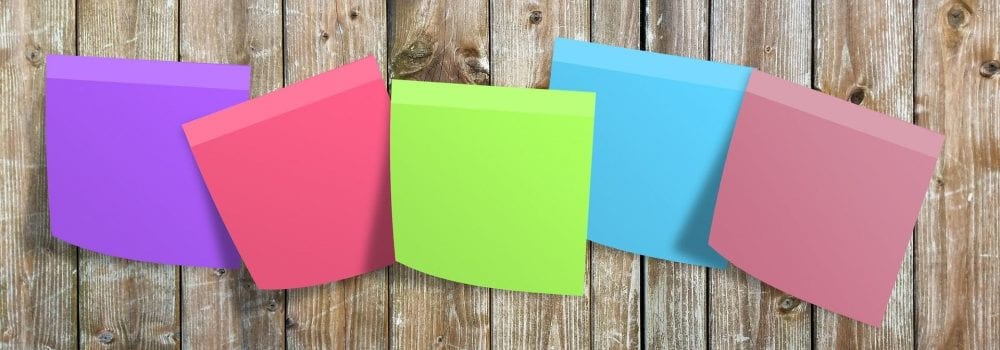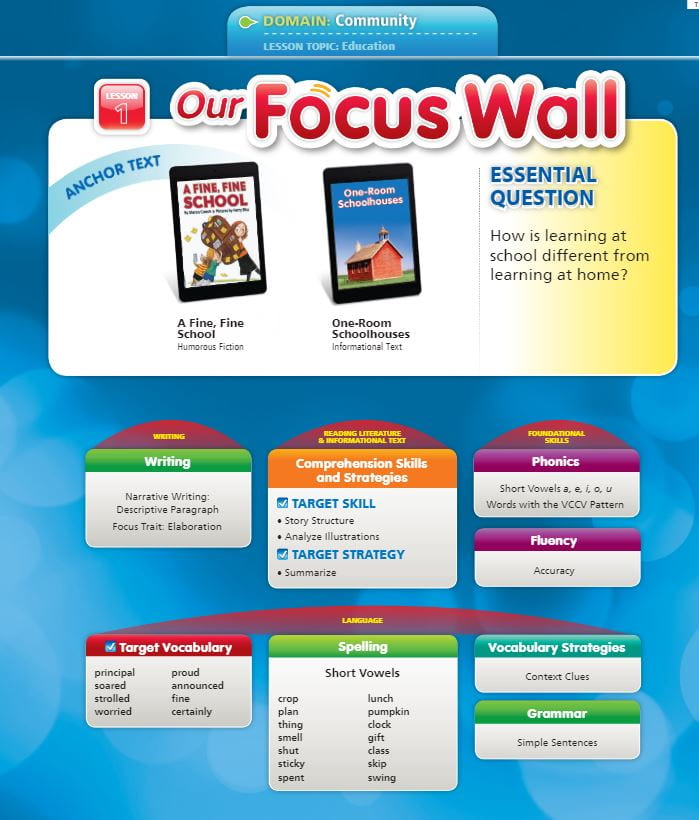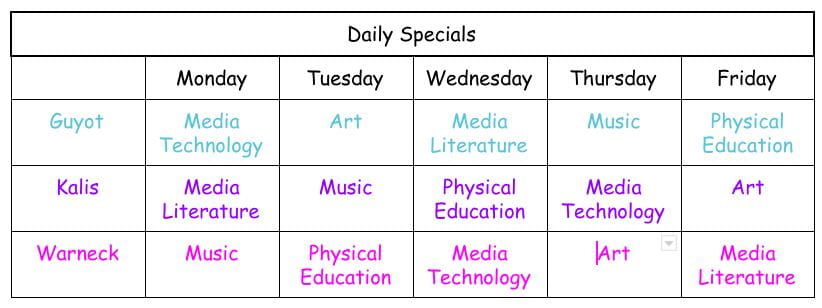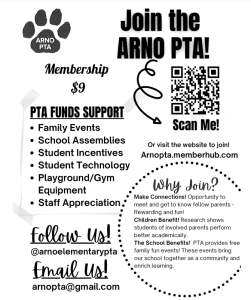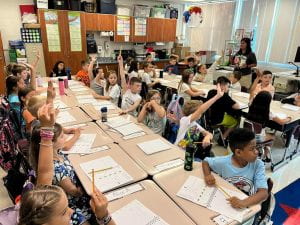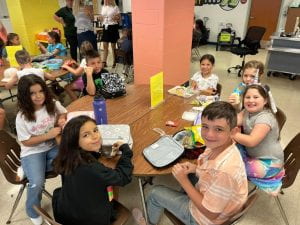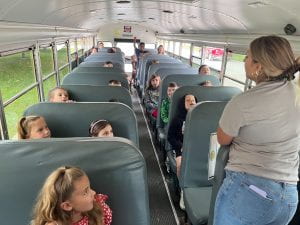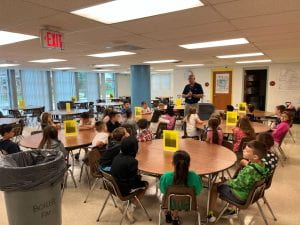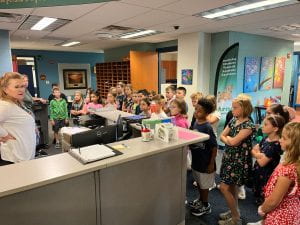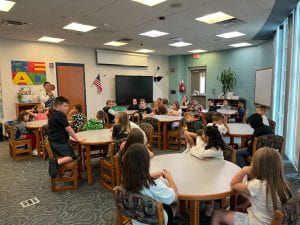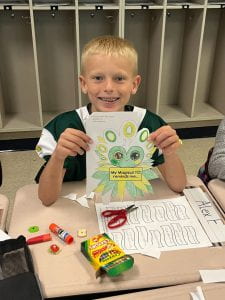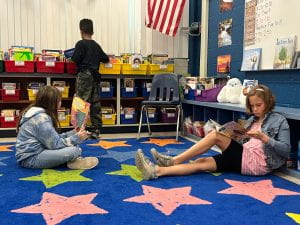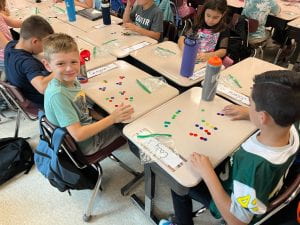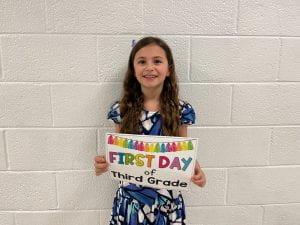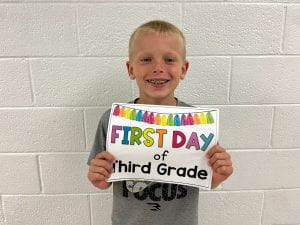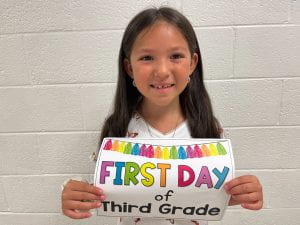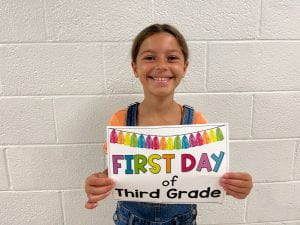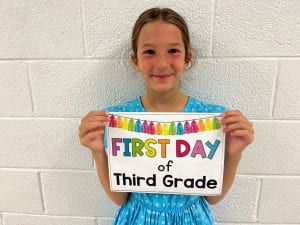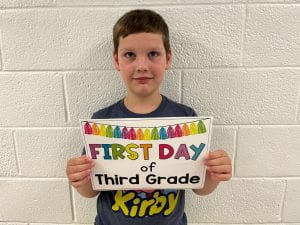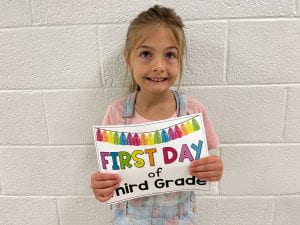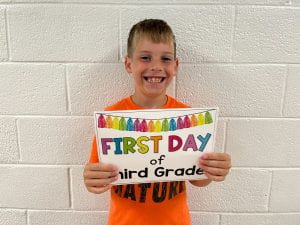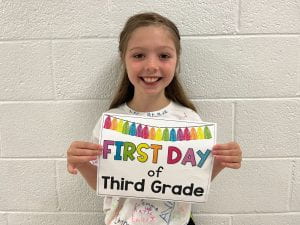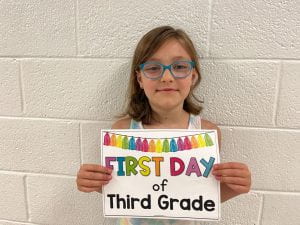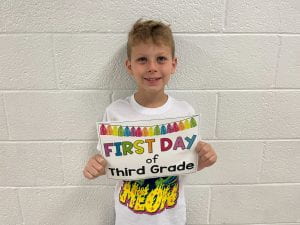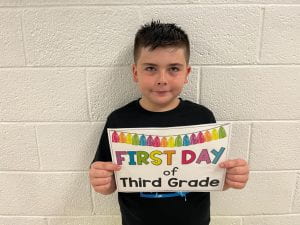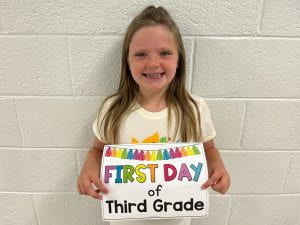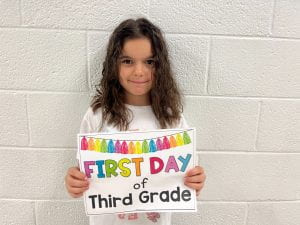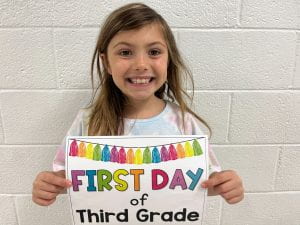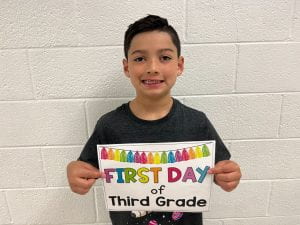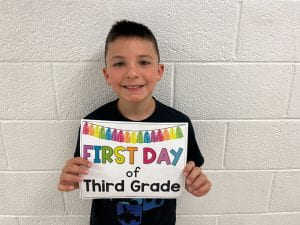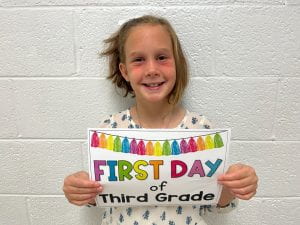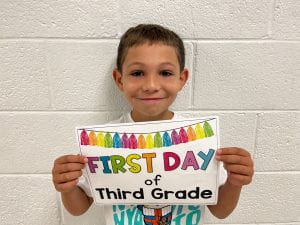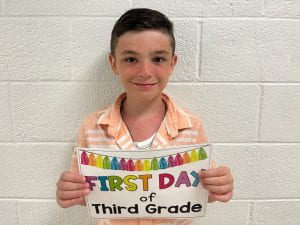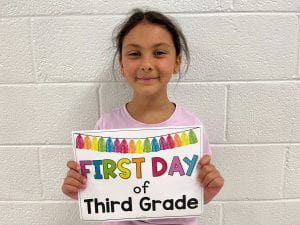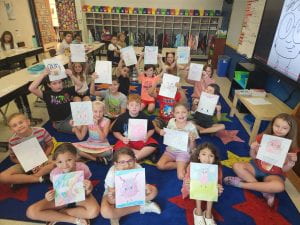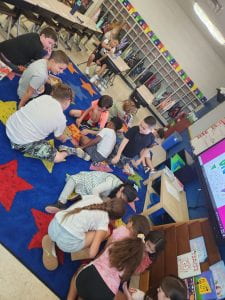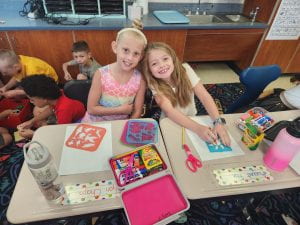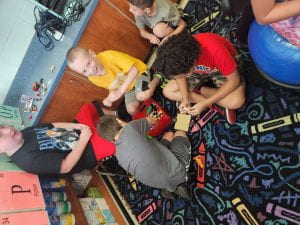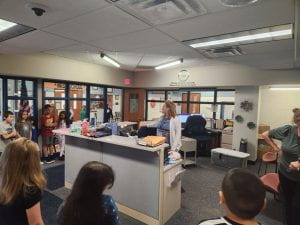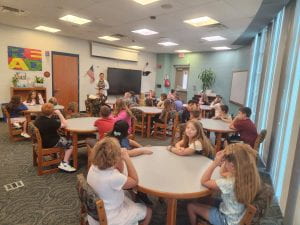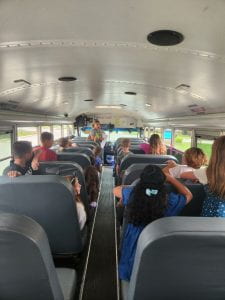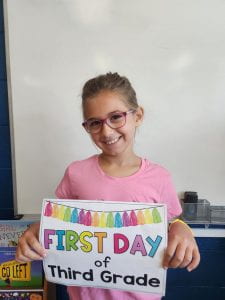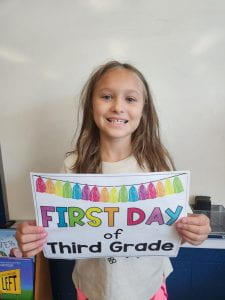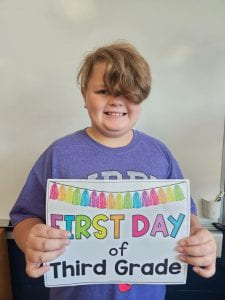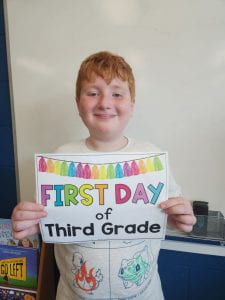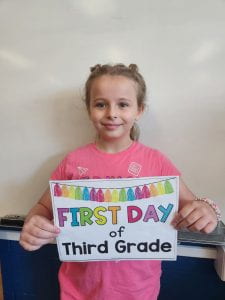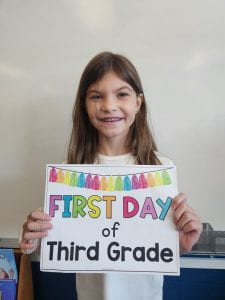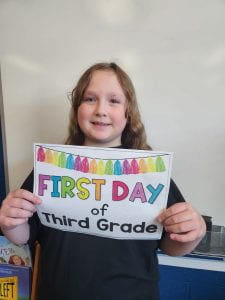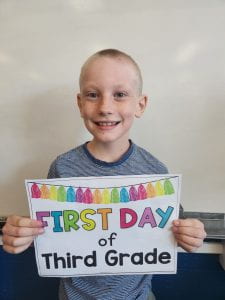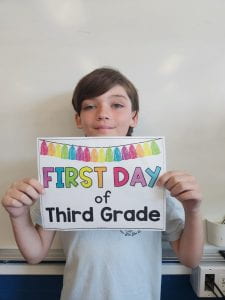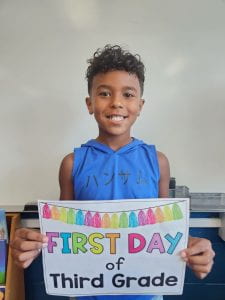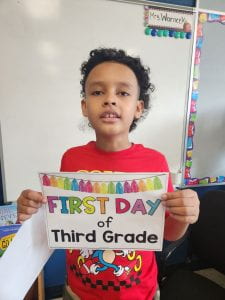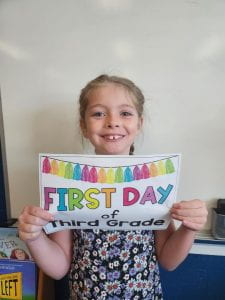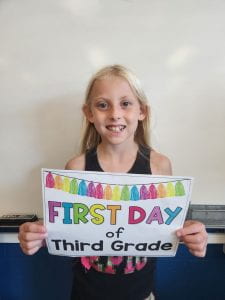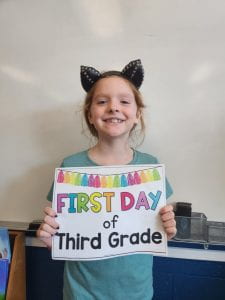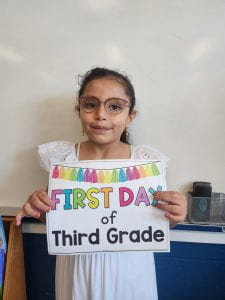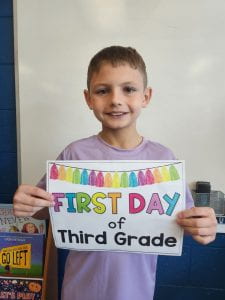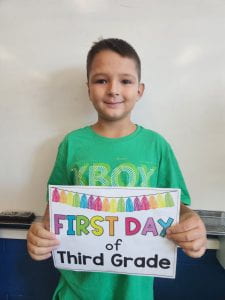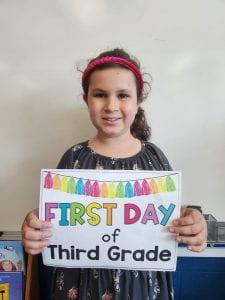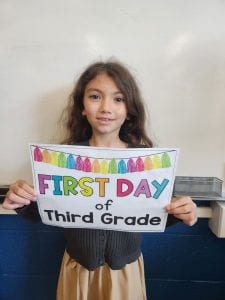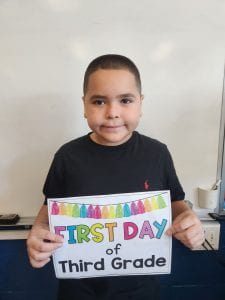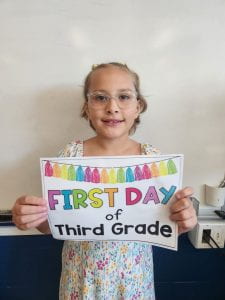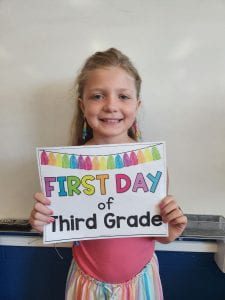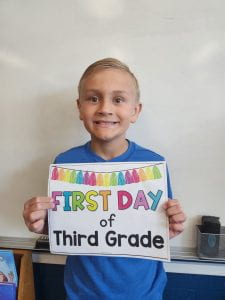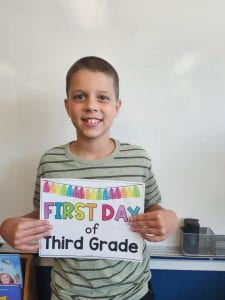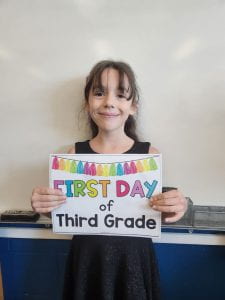Coming Soon…
Monday, September 11th
- Guyot Special Class: Media Technology (Computers)
- Kalis Special Class: Media Literature (Library)
- Warneck Special Class: Music
Tuesday, September 12th
- Guyot Special Class: Art
- Kalis Special Class: Music
- Warneck Special Class: Physical Education (Gym)
Wednesday, September 13th
- Guyot Special Class: Media Literature (Library)
- Kalis Special Class: Physical Education (Gym)
- Warneck Special Class: Media Technology (Computers)
Thursday, September 14th
- ALICE Drill (Full Evacuation)
- Guyot Special Class: Music
- Kalis Special Class: Media Technology (Computers)
- Warneck Special Class: Art
Friday, September 15th
- Reading Vocabulary & Comprehension Quiz
- Guyot Special Class: Physical Education (Gym)
- Kalis Special Class: Art
- Warneck Special Class: Media Literature (Library)
English Language Arts
In third grade we will use an anchor text for 2 weeks. In the first week, students will use the text to build vocabulary knowledge as well as utilize comprehension strategies to understand the text. Both vocabulary knowledge and understanding of the text will be assessed on the first Friday. The second week will focus on grammar and writing skills. Individualized spelling/sight words and grammar will be assessed on the second Friday of our story. In addition, students will explore phonetic patterns each week for morning work. Please note that this week’s vocabulary words are listed in the graphic below.
Big Ideas Math Chapter 1: Understand Multiplication and Division
In this chapter, your student is learning about multiplication and division. Some vocabulary words associated with this chapter are: equal groups, factors, multiplication, division, array, product, and equation. You can model multiplication and division in your kitchen. Have your student help in preparing a meal for a group of people.
• To model multiplication, show a set of silverware with a fork, a spoon, and a knife. Ask your student, “How many objects are in the group?
How many are there in all when 4 people each have one group of silverware?”
• Model other scenarios for place settings. You can use the number of guests at a dinner party for the number of “groups” of objects.
• To model division, show your student a number of objects, such as a bag of apples. Then tell your student that you need a specific number
of equal groups. Be sure that the number of groups is a factor of the number of objects. Ask, “How many apples are there in each group if
the apples are shared equally by 3 people?”
• Use numerous objects such as grapes to model division. Discuss dividing the total number of grapes into a certain number of bowls. You can also ask questions such as, “If you put 5 grapes in each bowl, how many bowls do you need?”
• You can model arrays with grapes. Form a rectangular arrangement of the groups in equal rows and equal columns. The arrays can be used to
model multiplication, division, and the Commutative Property of Multiplication.
Specials
-Media Literature: Book checkout begins the week of September 19th. Students should return any books checked out from the Media Center so that these books may become available for other students to enjoy.
-Physical Education: Students are required to wear tennis shoes in order to participate safely. September 2022_2023 Fitness Calendar
Arno PTA Membership Drive
Join HERE! All parents and family members are invited to join.
